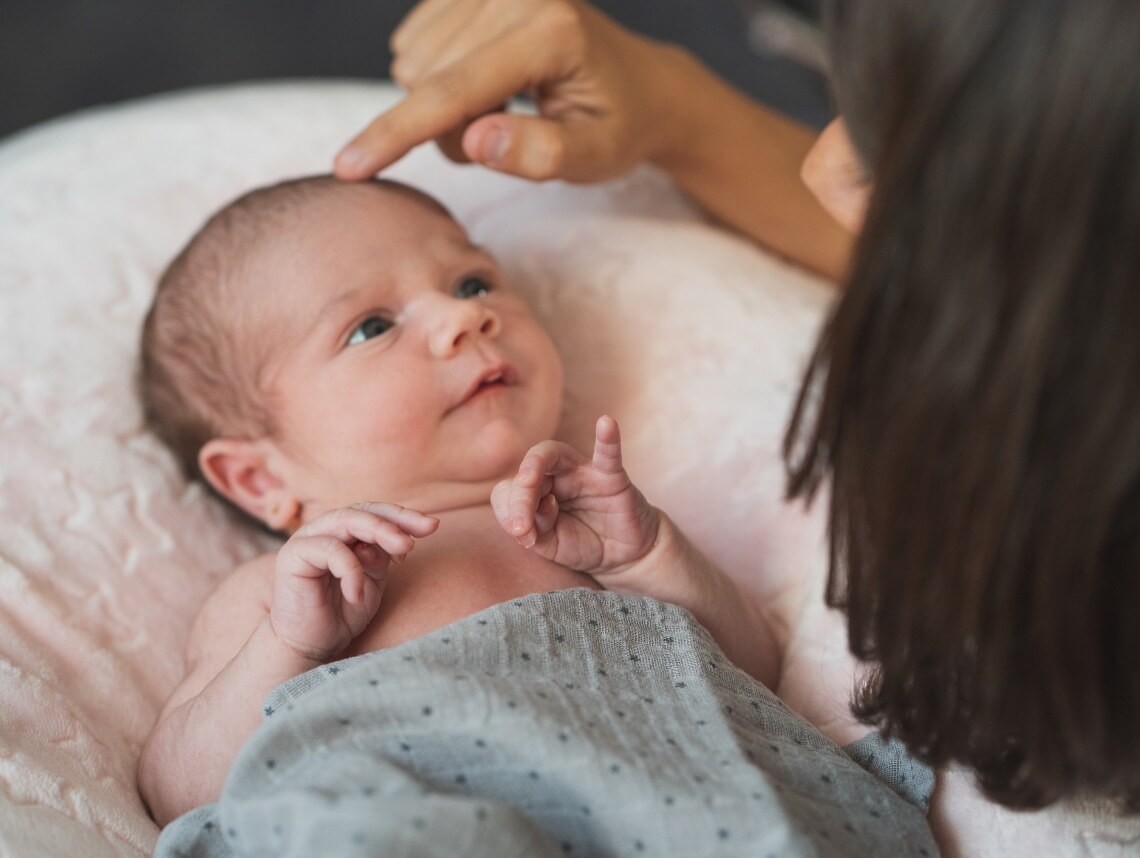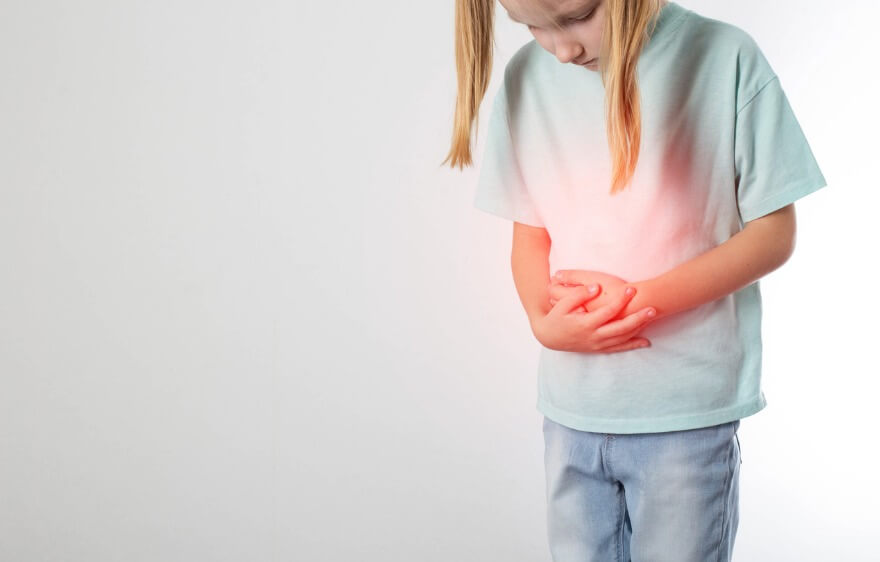When babies are first born, their skin is so smooth and new. You often hear new parents remark on their child’s new-baby smell and the softness of their skin. That’s why it can be startling if your infant suddenly develops a rash on their head. Is this a sign of something life-threatening? Is it permanent? And, is there anything you can do for your baby?
What is cradle cap?
Cradle cap — also known as seborrheic dermatitis — is a harmless skin condition that impacts infants and appears on the scalp as yellow scaly patches surrounded by a red rash. The condition occurs in about seven out of 10 babies between two to six weeks old. But, your newborn is not in any danger. Cradle cap doesn’t impact the health of your child and typically doesn’t affect sleep or feedings. The condition is not contagious and isn’t itchy or uncomfortable to your infant.
Cradle Cap Symptoms
The major difference between cradle cap and other skin conditions — such as atopic dermatitis — is that the condition is not itchy. Instead, the only symptoms of infant seborrheic dermatitis are:
- Patchy scaling or thick crusts on the scalp
- Oily or dry skin covered with flaky white or yellow scales
- Skin flakes
- Possibly mild redness
- In some cases, similar scales on the ears, eyelids, nose, and groin
Diagnosing Cradle Cap
If you’re concerned that your infant may have cradle cap, diagnosing the condition is fairly simple. Your child’s pediatrician can determine if the skin condition is infant seborrheic dermatitis by analyzing the patchy scales, their coloring, and location. No further testing is necessary to make the diagnosis.
Cradle Cap Treatment
While the cause of cradle cap is unknown, the condition generally goes away on its own within a few weeks or months. You can promote healing and help remove the scales by using a mild shampoo and cleaning your baby’s skin daily, just be sure not to scratch the cradle cap. In severe cases, your child’s doctor may prescribe a medicated shampoo, lotion, or other treatment to help treat the condition.
When to Contact a Doctor
If cradle cap persists or if the scales show signs of infection, you should contact your child’s pediatrician. Signs of infection may include:
- Draining liquid
- Scales look very red or painful
- Forms larger crusts or scabs
- Produces a foul odor
- Pimples or blisters occur
Cradle cap rarely persists after 12-months of age. So, if your child’s condition doesn’t get better or persists after several months, your child’s doctor may need to create a treatment plan for them. This can include low-potency hydrocortisone cream or shampoo with 2% antifungal ketoconazole medication. If suggested, be sure that the shampoo doesn’t get in your baby’s eyes — as this can cause irritation.
You should also avoid using over-the-counter cortisone or antifungal creams without talking to your baby’s doctor. Some of these products can be toxic when absorbed through the skin. This includes some dandruff shampoos that contain salicylic acid as well.
Contact Care Options for Kids for Home Health Care in Florida
It can be hard to balance your time between work, home, and caring for a child. That’s why our team of professionals at Care Options for Kids is here to help.
Our home health care services offer support in the comfort of your home. We refer loving and competent nurses to provide customized care for families — from a few hours a day to around-the-clock supervision. Contact us directly to speak with a home health care professional or request a free in-home assessment. Together we can determine the best plan of action to keep your loved ones happy and healthy.
If you or a loved one are considering Pediatric Home Health Care services in Florida, contact the caring staff at Care Options for Kids. Call today at (888) 592-5855.






